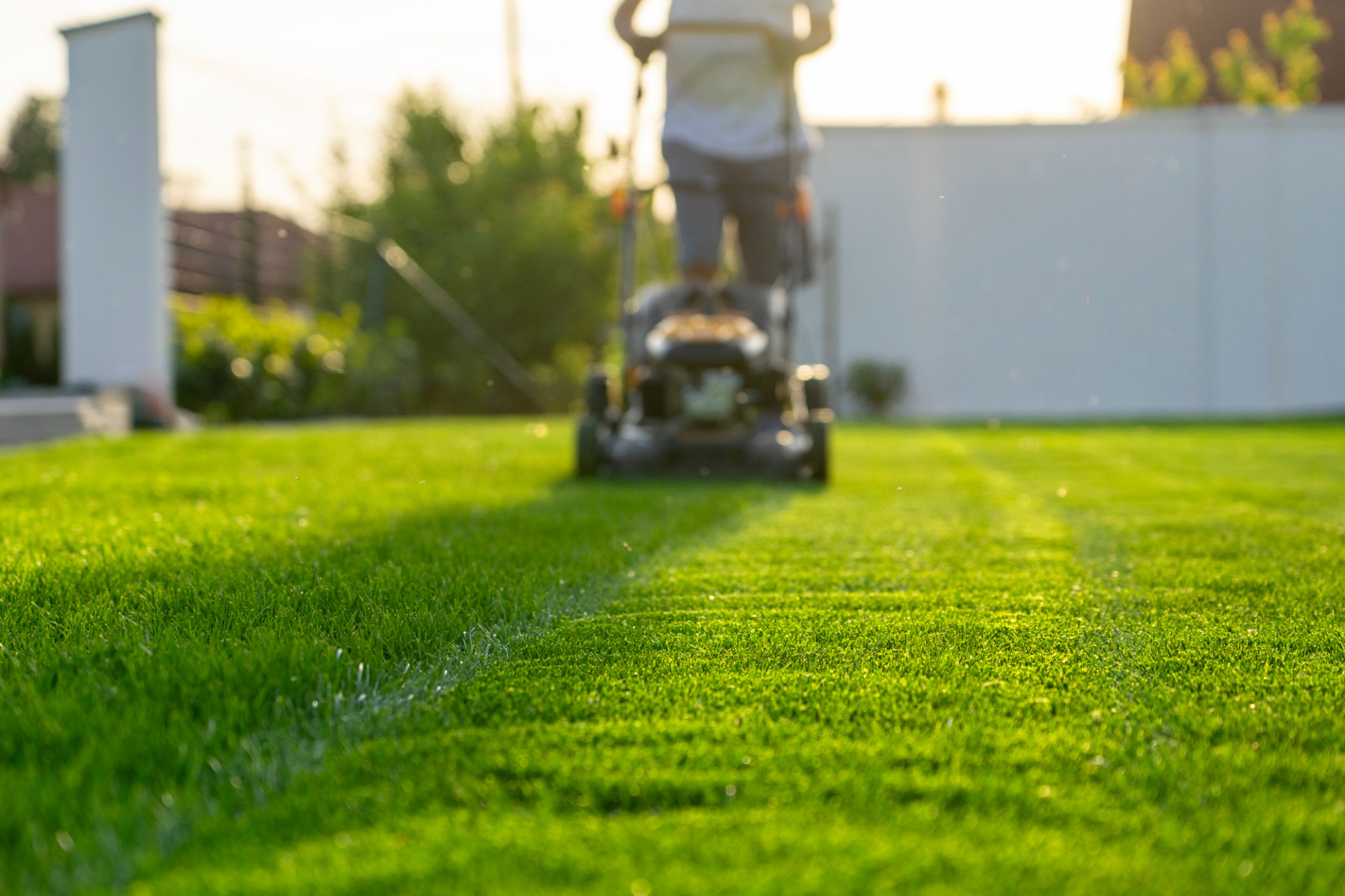Spring Lawn Preparation Tips for Staten Island Homeowners
Assess Your Lawn's Current Condition
As spring arrives in Staten Island, it's time to give your lawn some much-needed attention after the long winter months. The first step in preparing your lawn is to assess its current condition. Look for any areas that may have suffered damage from snow, ice, or salt. Identifying these problem areas early can help you plan the necessary repairs and ensure a lush, green lawn as the season progresses.
Consider conducting a soil test to determine the pH level and nutrient content of your lawn. This information will guide you in selecting the right fertilizers and amendments to promote healthy grass growth. Healthy soil is the foundation of a vibrant lawn, so don't skip this crucial step.
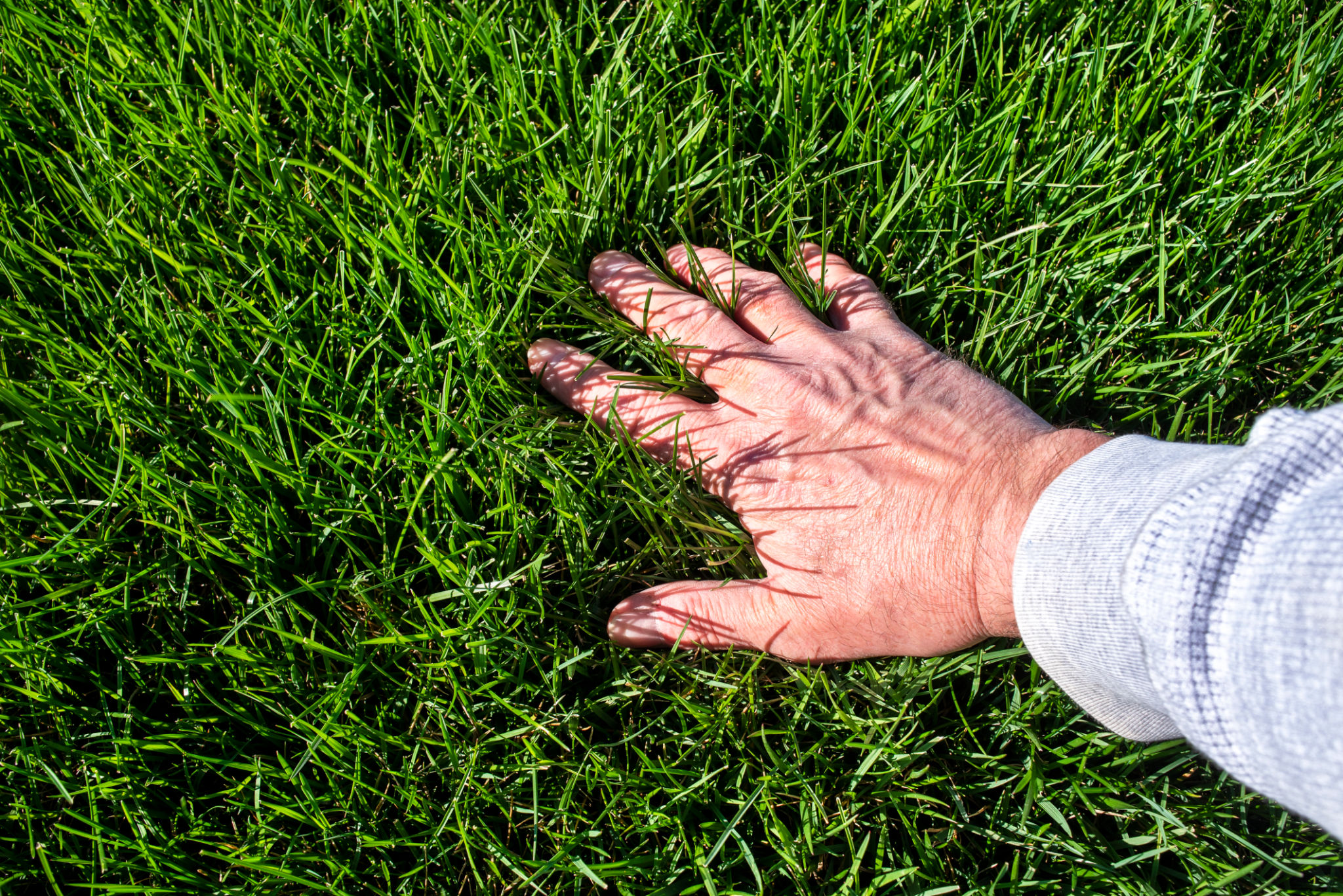
Clean Up and Remove Debris
Once you've assessed your lawn, it's time to clean up any debris that has accumulated over the winter. Fallen leaves, twigs, and other debris can smother grass and prevent it from getting the sunlight and air it needs. Use a rake to gently remove these materials without damaging the emerging grass blades.
Pay special attention to any areas where snow mold might be present. This fungus thrives in cold, wet conditions and can cause unsightly patches on your lawn. Raking the affected areas will improve air circulation and help the grass recover more quickly.
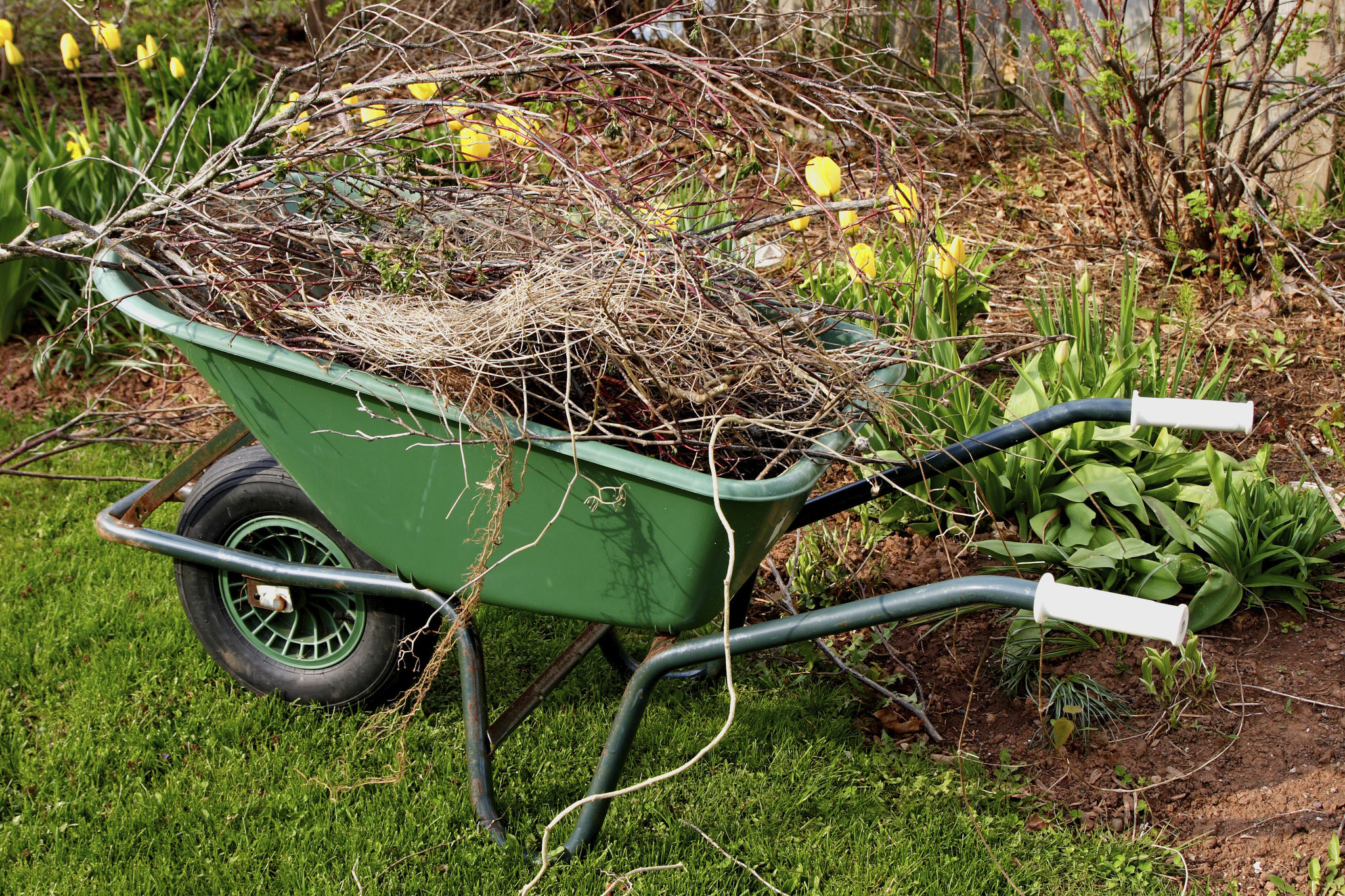
Aerate Compacted Soil
Compacted soil can be a common issue in Staten Island lawns, especially if your yard experiences heavy foot traffic. Aeration is the process of perforating the soil with small holes to allow air, water, and nutrients to penetrate the grassroots. This process helps alleviate compaction and promotes healthier root systems.
You can rent an aerator from a local garden center or hire a professional service to do the job. Aeration is most effective when performed during early spring or fall, so take advantage of the season and give your lawn room to breathe.
Overseed Bare Patches
If you've noticed bare or thin patches in your lawn, now is the ideal time to overseed. Choose a grass seed that matches your existing lawn type for a seamless blend. Before seeding, loosen the soil slightly with a rake to improve seed-to-soil contact.
After spreading the seed, water the area consistently to keep the seeds moist until they germinate. Be patient, as it may take several weeks for new grass to establish fully.
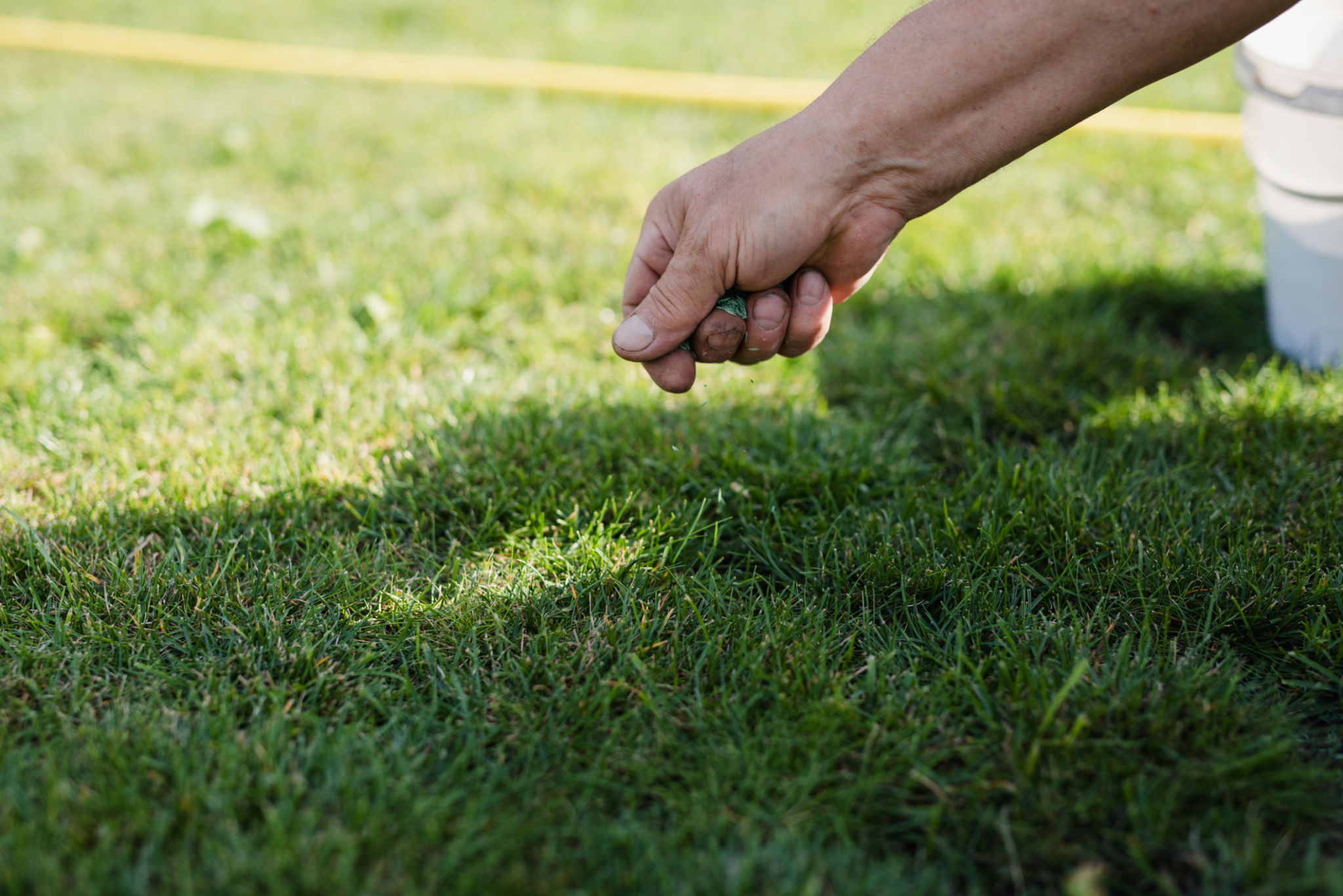
Fertilize for Growth
Fertilizing your lawn is essential for promoting robust growth throughout the spring and summer months. Choose a fertilizer that suits your soil's needs based on your earlier soil test results. A balanced fertilizer with nitrogen, phosphorus, and potassium will typically suffice for most lawns.
Apply fertilizer evenly across your lawn, taking care to follow the manufacturer's instructions for application rates. Over-fertilizing can harm your lawn and lead to environmental issues, so it's crucial to apply the right amount.
Water Wisely
Watering is a critical component of spring lawn care. While Staten Island generally receives ample rain in spring, supplemental watering may be necessary during dry spells. It's best to water deeply and less frequently to encourage deep root growth.
A good rule of thumb is to provide about an inch of water per week, either from rainfall or supplemental watering. Watering early in the morning minimizes evaporation and helps prevent fungal diseases.
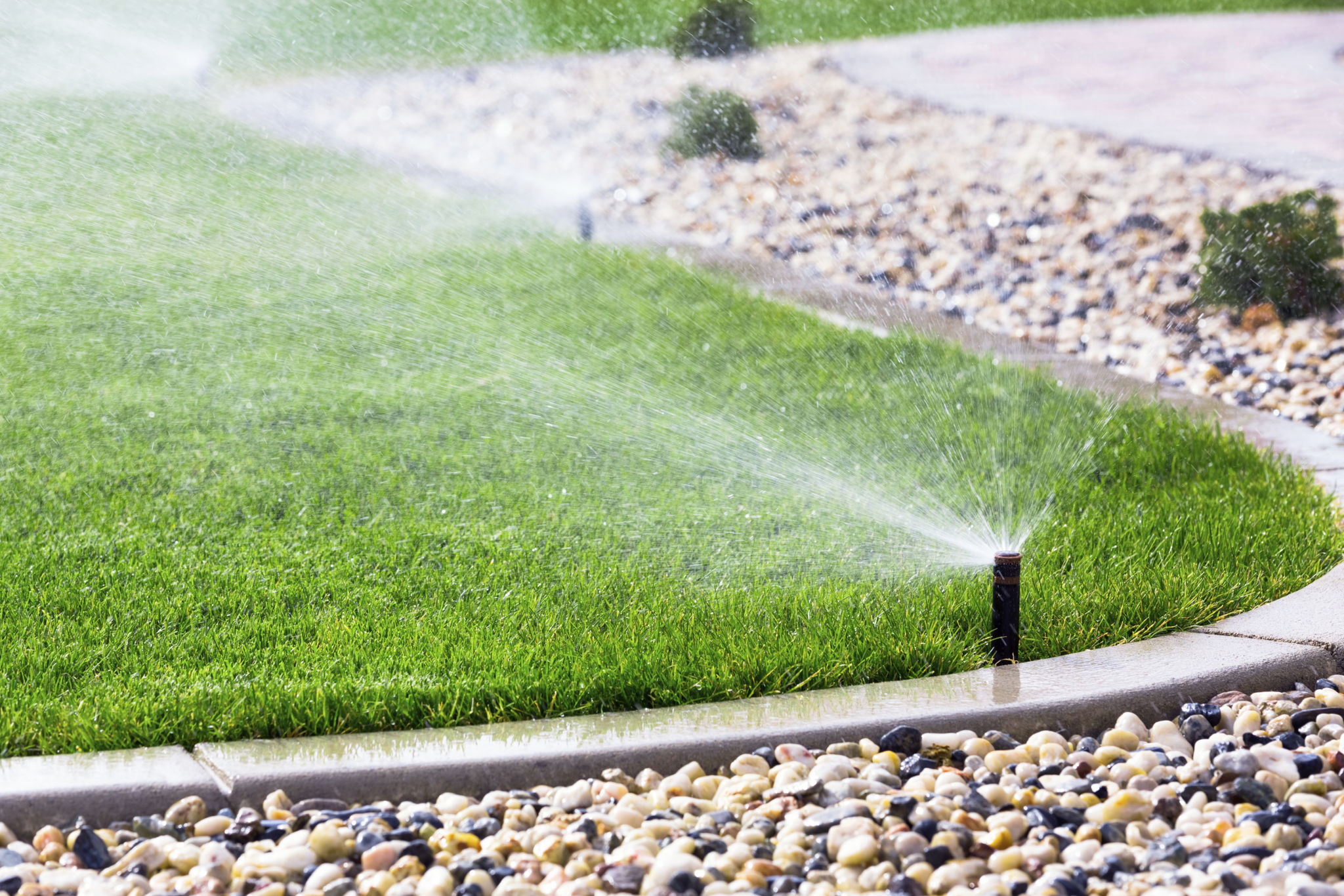
Control Weeds Naturally
With warmer temperatures, weeds can quickly become a problem in your lawn. To manage weeds naturally, consider using organic herbicides or manual removal methods. Keeping your grass healthy through proper fertilization and watering will also help crowd out weeds naturally.
Regular mowing at the recommended height for your grass type will further discourage weed growth by preventing them from getting enough sunlight to thrive.
Regular Mowing and Maintenance
As your grass begins to grow more vigorously, establish a regular mowing schedule. Keep your mower blades sharp to ensure clean cuts and avoid damaging the grass. Mow at the appropriate height for your grass species—generally around 3 inches—to promote healthy growth and reduce stress on the plants.
Consistent maintenance throughout spring will set the stage for a lush, vibrant lawn that you can enjoy all season long.
